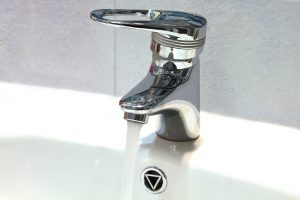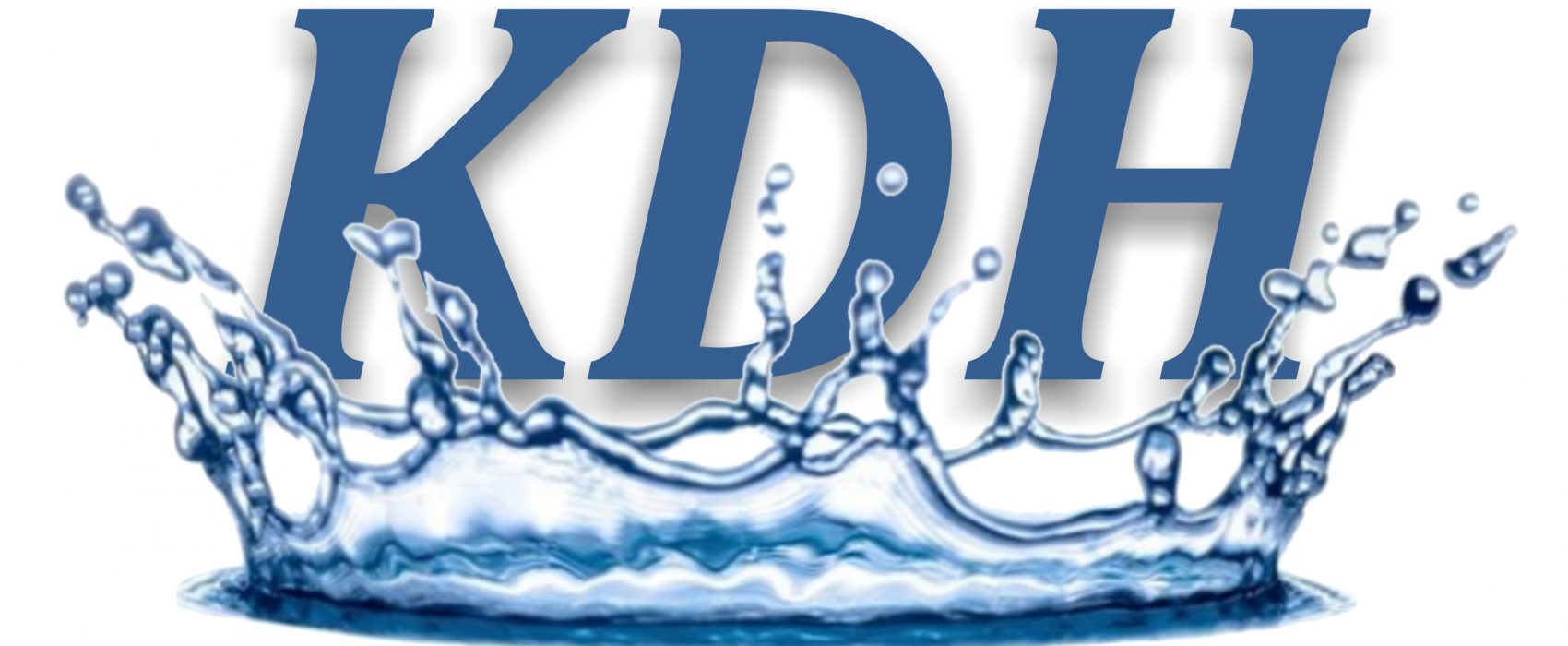- Disinfect and Descale Blending Valves
- Blending Valve Fail Safe Inspection
- Heat Pasteurisation
- Cylinder Descale
- Cold Water Tank Descale and Disinfection
- Rain Water Harvesting Tank clean and disinfect
- Rain Water Harvesting Booster Set clean and disinfect
- Advice on Hot Water Installations
- Installation of Hot and Cold Water Components
- Independent Consultancy
- Facilities Management
- Plant and Equipment
- Risk Assessments
- Landlord Risk Assessments
- Inspections
- Remedial Work carried out
- Water Treatment
- Hot and Cold Water Monitoring and Inspection
- Temperature Adjusting
- Removal of Dead Legs
- Cleaning and Disinfection
- Site Specific Legionella log books are designed
- Legionella and Cold Water Sampling
- Mains Chlorination Injection
- Shower Descaling
Water Systems

Hot and Cold Water Systems
The design and size of buildings will depend on the many types of water systems being used.
Smaller Hot and Cold Water Systems
Fed directly from the water main to all cold water outlets and localised point of use water heaters.
Gravity Fed Cold Water Systems
Cold water systems with the use of storage tanks (cisterns) and larger water heaters (calorifiers) for the provision of hot water. Smaller hot water systems operate without the use of secondary hot water recirculation but in larger sites will incorporate recirculation. Cold water distributing systems do not use the method of recirculating but require outlets to be used to prevent stagnation.
Pressurised Systems
Can be distributed direct from the mains or with the use of booster pumps supplying hot water systems.
Safe Operation and Control Measures
This is a guidance that provides information on types of water systems, design considerations and commissioning which will ensure risks from exposure to legionella at a minimum or reduced as far as is reasonably practicable. Temperature control is used for reducing the risk of legionella in water systems. A temperature of below 20°C should be maintained on cold water systems. Hot water should be stored at least at 60°C and distributed so that it reaches a temperature of 50°C within one minute at the outlets. The risk of scalding at this temperature is low. However, the risk assessment should take account of ‘at risk’ people i.e. young children, disabled or elderly. In addition to temperature control in large buildings the regular movement of water is often used to manage the risk from legionella in water systems. This can be achieved by installing a secondary hot water return system. Cleanliness of the system is important and must be maintained, as legionella bacteria are more likely to grow in a system fouled with deposits. A water softener is sometimes installed in a hard water area to stop the build-up of scale in the bottom of calorifiers.
Thermostatic Mixer Valve (HSG 274 Part 2)
The use of a TMV is to safe guard against scalding, to produce a mixed water temperature that can be set between 38°C and 46°C depending on the outlet use. TMV’s need to be maintained to stop the risk of legionella forming and multiplying and causing a risk to health. Temperatures should be taken on a monthly basis and recorded in the site log book. A fail safe test on all TMV’s should be carried out on a regular basis, this is in case of a failure of the cold water supply which could result in a high risk of scalding.
There are 2 different types of TMV’s:
TMV2
- Housing Association dwellings
- Hotels
- Schools
- Nursery’s
TMV3
- Schools for the severely disabled
- Nursery’s
- Hospitals

